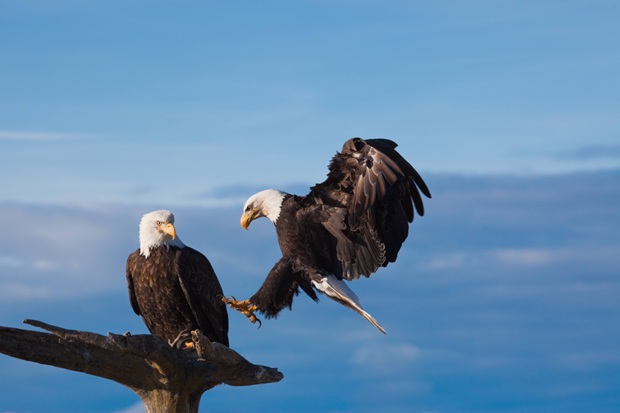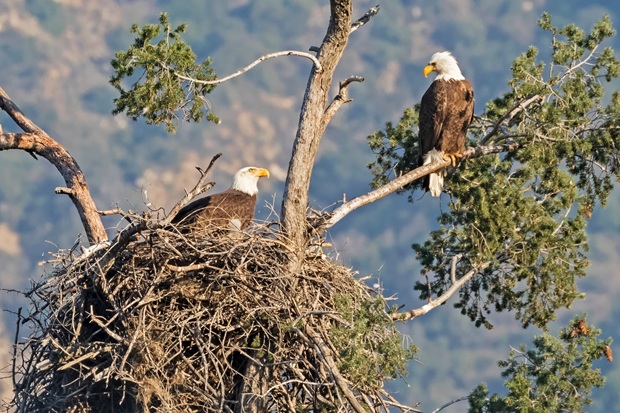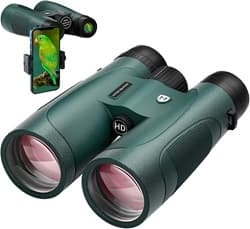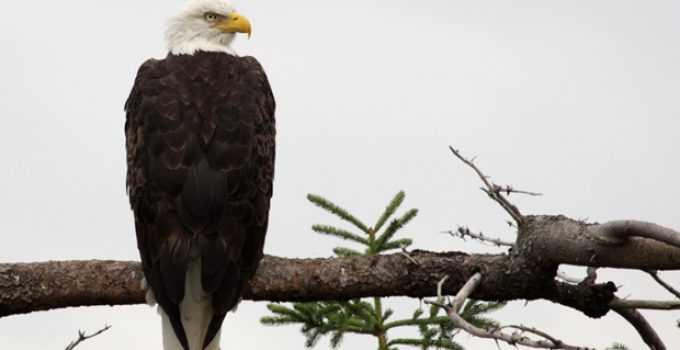Are Bald Eagles Endangered?
Answer at a Glance: Bald eagles are currently not endangered. The US Fish and Wildlife Service listed the bald eagle as endangered in 1978, changed their status to threatened in 1995, and removed the threat altogether in 2007.
Dig Deeper
- The Bald Eagle Becomes the Accepted American Symbol
- Why the Bald Eagle?
- Bald Eagle Protection Act
- The Decline of the Bald Eagle Population
- What Is the Endangered Species Act?
- Bald Eagle Population Recovers
- References
The Bald Eagle Becomes the Accepted American Symbol

In 1776, after America became an independent nation, the leaders were tasked with writing the Declaration of Independence and the Articles of Confederation. They would need to make many more decisions over the years, including selecting symbols to represent the country.
After many suggestions and trials, the Second Continental Congress chose the bald eagle as the country’s symbol in 1782. [1]
Today, the Great Seal of the United States features the bald eagle, as well as the presidential flag, US currency, and military insignia.
Why the Bald Eagle?
The bald eagle was an excellent choice to symbolize America’s newfound strength, pride, and freedom. According to the US Fish and Wildlife Service, the bald eagle is truly an all-American bird. It is the only eagle that is solely native to North America. Its historic range was from Alaska and Canada across the contiguous United States down to northern Mexico. [2]
Bald Eagle Protection Act

The USDA’s Natural Resources Conservation Service estimates that in the lower 48 states, there were 50,000 breeding pairs of bald eagles in pre-colonial times. This number does not include Alaska, where bald eagles are abundant. [3]
Once humans were introduced to their habitat, their numbers began to dwindle. Settlers destroyed the eagle’s habitats as they expanded across America. In the 1800s, bald eagles were actively shot as perceived threats to livestock and salmon, with some accounts reporting bounties given for eagle carcasses. [4]
With numbers dwindling, Congress passed the Bald Eagle Protection Act in 1940, which prohibits killing, selling, or possessing the species, including feathers, eggs, and nests, with fines for first-time offenders of $100,000 and/or imprisonment of one year. [5]
The Decline of the Bald Eagle Population

With the Bald Eagle Protection Act in place, it would seem that the species would quickly recover. This was not the case. In the 1940s, DDT (dichloro-diphenyl-trichloroethane) was introduced as the first synthetic insecticide widely used in crop and livestock production. [6]
The introduction of DDT played a significant role in the decline of the bald eagle population as biologists realized that the insecticide caused the species’ eggs to be too thin and fragile to survive. [7] By 1963, only 413 nesting pairs were known to exist. [8]
In 1972, the Environmental Protection Agency banned DDT, citing “its adverse environmental effects, such as those to wildlife, as well as its potential human health risks.” [9]
What Is the Endangered Species Act
In 1973, Congress passed the Endangered Species Act, which provided a framework for protecting endangered and threatened species and their habitats. [10]
The US Fish and Wildlife Service listed the bald eagle as endangered in 1978 in all states except Alaska, Hawaii, Michigan, Minnesota, Oregon, Washington, and Wisconsin. [11]
Bald Eagle Population Recovers

Placing the American bald eagle on the endangered species list helped to bring about its recovery. In 1995, the US Fish and Wildlife Service moved the species from the endangered list to the threatened list, and in 2007, with an estimated 9,789 nesting pairs in the contiguous US, the service deemed them no longer at threat. [12]
As of the 2020 updated Bald Eagle Population Size Report by the US Fish and Wildlife Service, the estimated bald eagle population in the lower 48 states is 316,700 individual bald eagles, including 71,400 nesting pairs. [13]
References
- [1] US Government Publishing Office – “The Bald Eagle: An Endangered Species Success Story.”
- [2][4][8][11][12] US Fish and Wildlife Service – “Bald Eagle (Haliaeetus leucocephalus).”
- [3] USDA Natural Resources Conservation Service – “Bald Eagle Fact Sheet.”
- [5] US Fish and Wildlife Service – “Bald and Golden Eagle Protection Act.”
- [6][9] Environmental Protection Agency – “DDT – A Brief History and Status.”
- [7] Environmental Protection Agency – “The Case of DDT: Revisiting the Impairment.”
- [10] NOAA Fisheries – “Endangered Species Act.”
- [13] US Fish and Wildlife Service – “Eagle Population Status.”
Related Products


